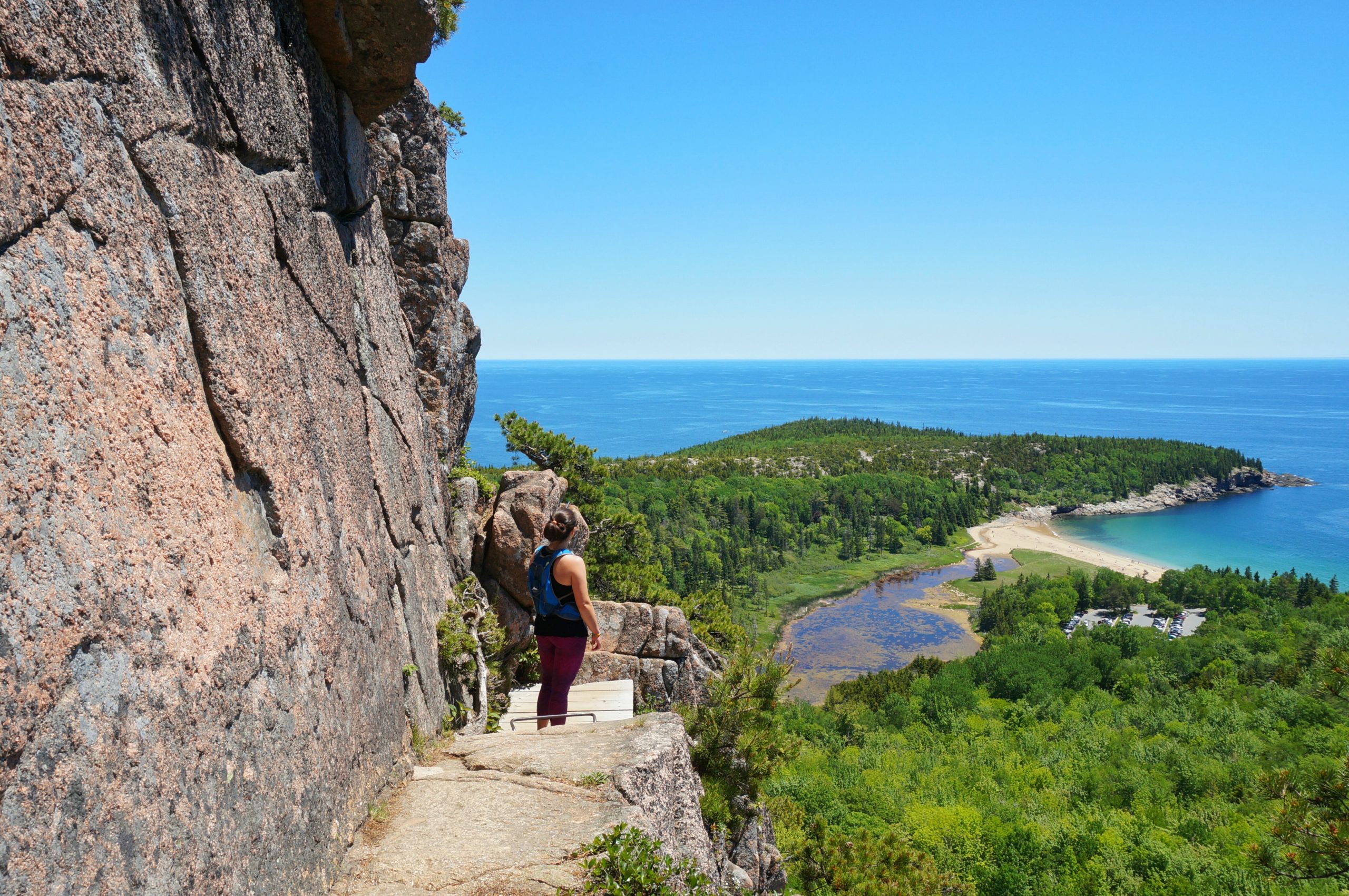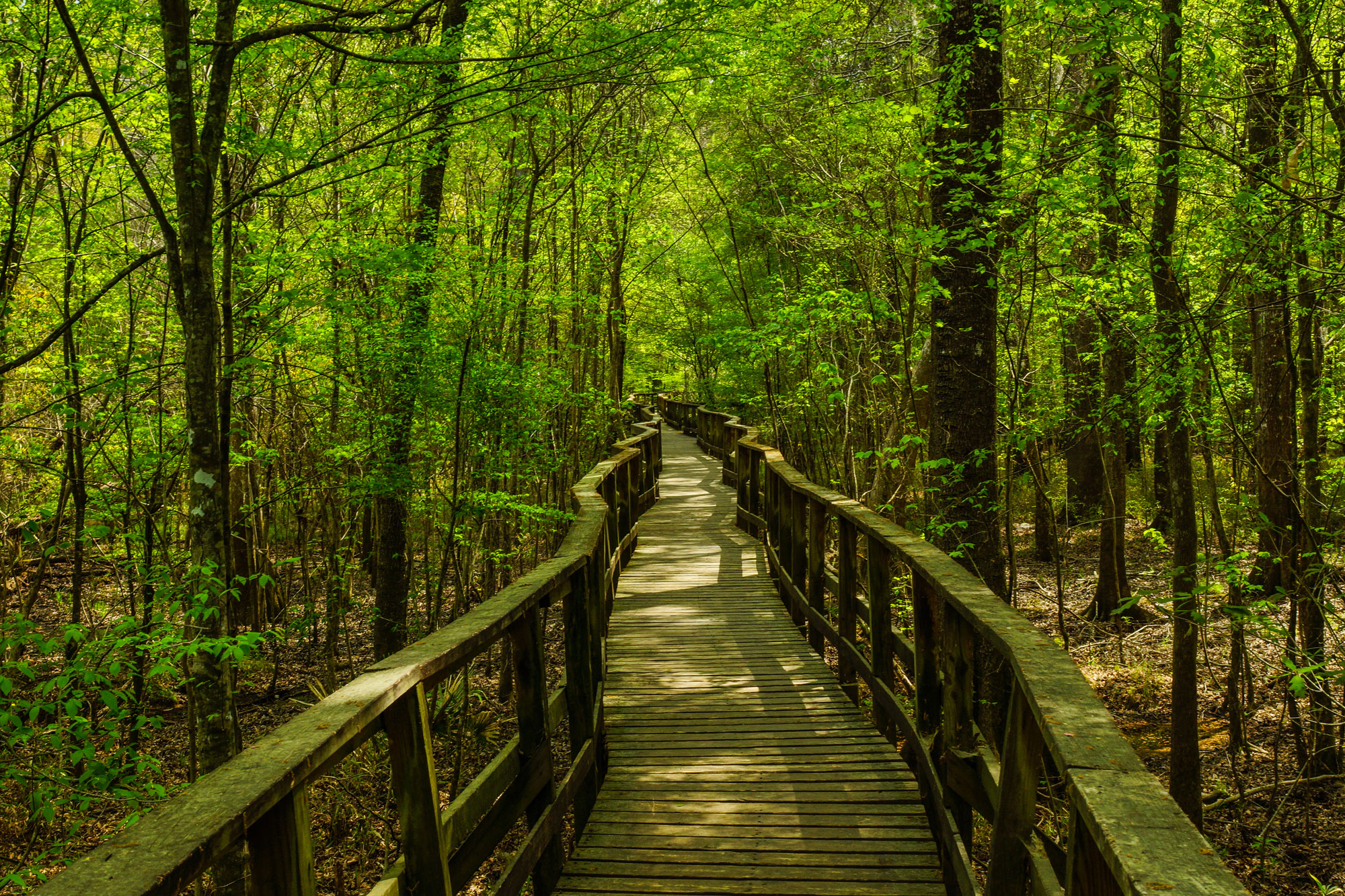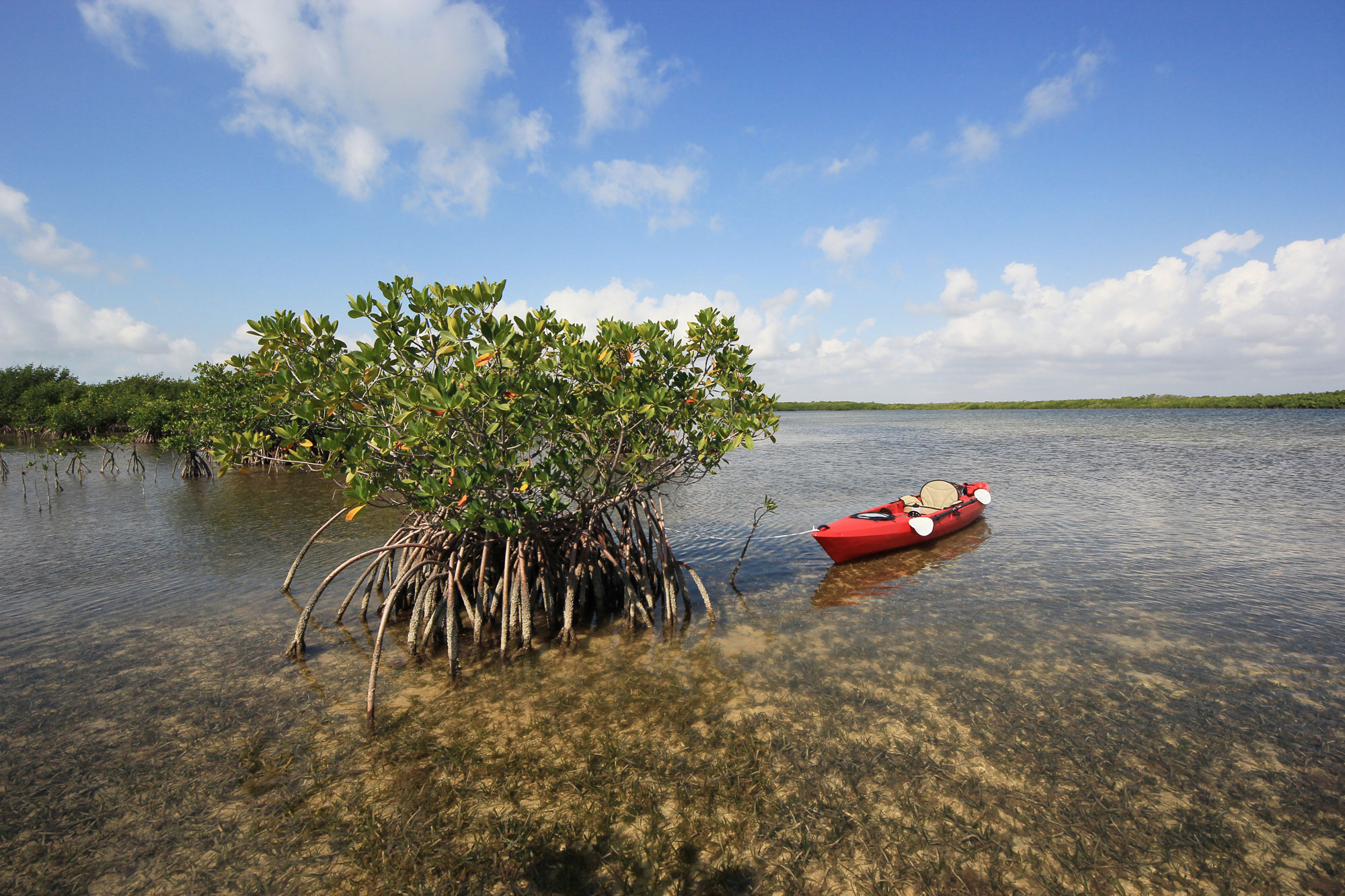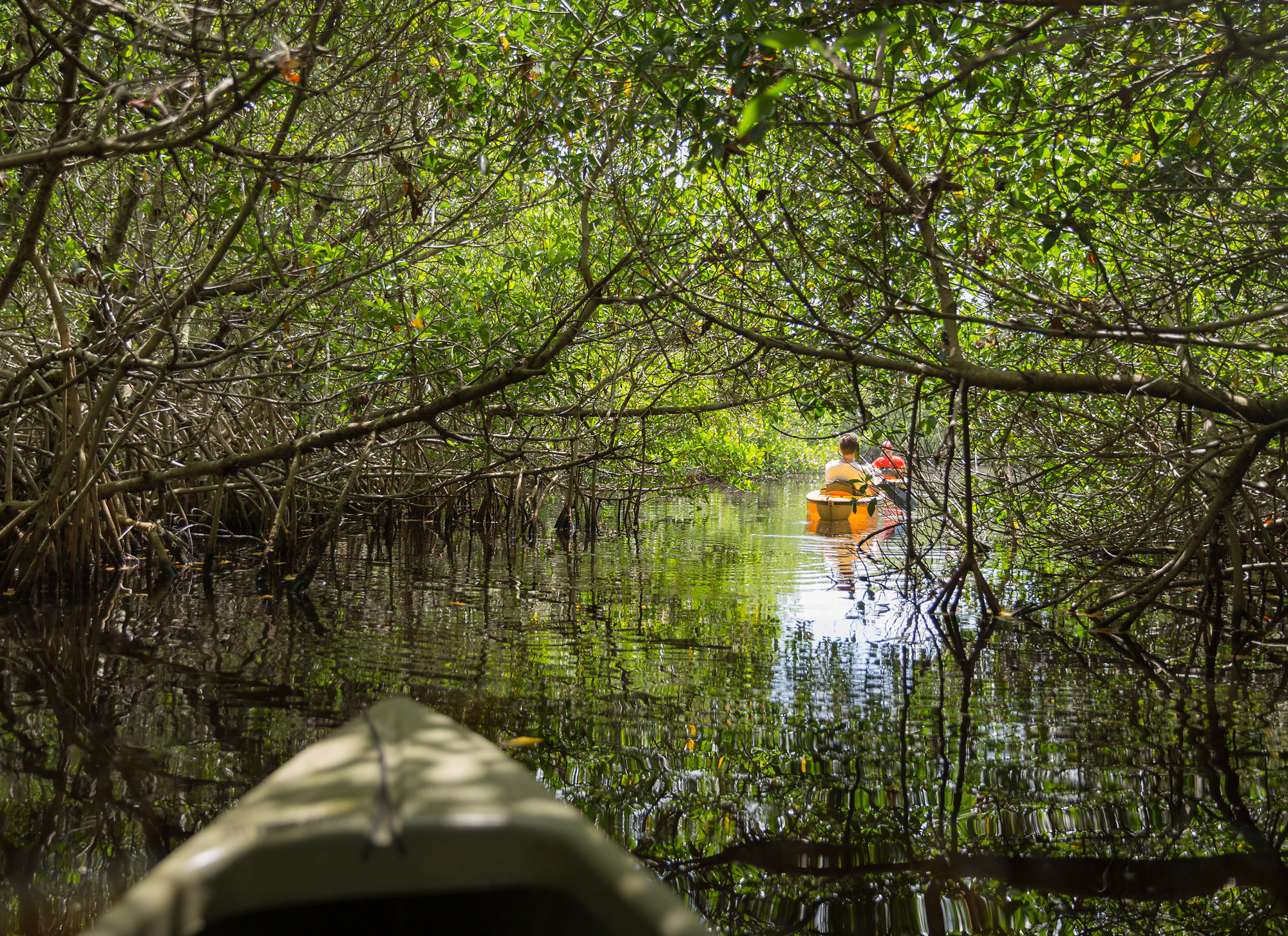Happy #NationalParkWeek! Every April, the National Park Service joins the National Park Foundation, the official charity of America’s National Parks, to celebrate these amazing places. It’s a great opportunity to learn the history and heritage of our treasures as well as find your park and help out. Each day has a theme to engage with on social media so you can inspire others to join in. Tune in to the NPS website from April 17th to the 25th to get involved! Being your go-to for gear and guidance for eastern adventure (and given that the National Parks of the east get much less fanfare than those of the west), we’re spotlighting 7 eastern gems to celebrate.

1. Acadia National Park
As the first National Park established in the East, we’ll start with Acadia. We have plenty of Acadia adventure beta, from hiking the Precipice, Beehive, and Ladder trails, to climbing at Otter Cliffs and exploring Acadia’s Tidal Pools. All in all, there is too much to do, and our biggest word of advice would be to plan for ample adventure time. Though you can experience the park in a day driving Park Loop Road, it is not recommended, as an average trip here is said to be about three days. From catching sunrise at Cadillac Mountain to strolling around Jordan Pond, it is easy to lose track of time, of which we do recommend.
Note: There is no backcountry camping, “out-of-bounds” camping, or overnight parking allowed anywhere in Acadia. Campgrounds in Acadia National Park are reopened but with reduced capacity and all campsites must be reserved in advance on Recreation.gov within a 60-day rolling window (no sites are available for last-minute walk-up request upon arrival). There are also accommodations in nearby towns (like Bar Harbor).

2. Great Smoky Mountains National Park.
It may come as a surprise to hear this is the most visited national park in the country, but 2020 stats show its visitation numbers tripled that of Yellowstone and Zion National Parks. Straddling the border of North Carolina and Tennessee, you are immediately hit with an awe-inspiring and vast expanse of landscape when driving its 400 miles of roadways—its most popular being Cades Cove Loop. Two scenic vistas worth stopping at are Newfound Gap Overlook and Clingmans Dome, which on a clear day, offers a view into seven states. Cades Cove itself is said to be the most popular destination in the park, home to 7,000 acres of forest and plenty of hiking, biking, and camping. The 8-mile roundtrip Charlies Bunion trail is a popular day hike, as well as Alum Cave Bluffs and Rainbow Falls. Check out the Hike the Smokies Challenge for a fun way to log your mileage (there’s also a family-friendly version).

3. Congaree National Park
Next stop, Congaree National Park, where you’ll find beautiful old growth forest set within almost 27,000 acres. It is home to the largest tract of old growth bottomland hardwood forest left in the country, and its trees are among tallest in the east—Its floodplain forest includes one of the highest canopies in the world.
With its biodiversity, any walk in this National Park is sure to be a success, whether you opt for a shorter stroll on the popular Boardwalk Trail, pictured above, or go for a longer jaunt on the River Trail, a 10-miler leading to the Congaree River. Whatever path you take it’s important to keep in mind that a majority of the park lies in a floodplain and at times can be impacted by downed trees and flood damage. Always check trail conditions and closures ahead of time and bring along navigational aids (i.e. map, compass, offline navigational tools).
In short, this National Park is a sanctuary, and its ranking as the country’s 10th least visited national park in 2018 is kind of a good thing. If you’re looking for even more solitude, paddle the Congaree River Blue Trail and set up camp riverside (backcountry camping is allowed at Congaree with a permit).

4. Shenandoah National Park
Let’s head back North to Shenandoah. A 3-hour drive along the park’s only public road, Skyline Drive, offers 105 miles of pristine landscape along the Blue Ridge Mountains as well as milepost markers to help find areas of interest. You’ll also find over 500 miles of trails here for all abilities. If you’re looking for a 3- to 6-mile jaunt, try Hightop Summit at 3,296 feet for a rocky outlook or Doyles River Falls, where you’ll wind through mountain streams to two waterfalls. For a challenge, check out Little Devil Stairs Loop, an over 7-mile hike with steep but rewarding sections along a rocky gorge.
Camping wise, there are five campgrounds and plenty of opportunities for backcountry camping, given that you’re versed to the park’s rules and regulations for primitive camping (i.e. a permit among other things). Another big consideration while camping and exploring at SNP is food storage and bear safety; two issues that have become a bigger concern during the pandemic. The Shenandoah National Park Trust has some great educational programs from the Park Rangers themselves that are worth a watch before visiting SNP and wild spaces at large.
Pictured above is Old Rag Mountain, a part of the Blue Ridge Mountains and probably the most popular hike in the park, seen here through some Mountain Laurel in the park’s 200,000+ acres of protected lands.

5. Cuyahoga Valley National Park
Farther north we have Cuyahoga Valley National Park in Ohio. Here, the Cuyahoga River leads to forests, hills, farmlands, and over 125 miles of hiking trails. Some recommended hikes include Ledges Overlook via Ledges Trail (a quick 2.2 mile loop) and Blue Hen Falls via Buckeye Trail, a 3 mile loop. Bike or hike the Towpath Trail (or make it a multi-day ride) following the historic route of the Ohio & Erie Canal. Also be sure to check out the park’s most popular waterfall, Brandywine Falls, a 60-foot spectacle accessible by boardwalk.
While there is no camping within the park (including backcountry + parking lot stays), there are a handful of campgrounds near the park.

6. Biscayne National Park
Going south, we head to Florida. Being 95 percent water, Biscayne National Park is the place for ocean adventure, and, though not far from Miami, you’ll feel in another world altogether. This park preserves coral reefs, mangrove forests, Biscayne Bay, Florida Keys, and a lot of history. Educational opportunities abound here, whether it’s guided eco-adventures of shipwrecks and reefs or paddling the shoreline with a guide. Whether you’re boating, snorkeling, camping, wildlife-watching, or just relaxing, you’re sure to have a good time while all at once learning how to preserve these beautiful natural resources.
There are two campgrounds in the park, located on islands Elliot Key and Boca Chita Key (only accessible by boat). Both are $25 per night and are available on a first-come, first-served basis. Elliot Key is the largest island in the park and has restrooms with sinks/showers as well as picnic tables with grills. Boca Chita Key features a grassy camping area, picnic table, and grills, and also has bathrooms sans showers/sinks/drinking water.

7. Everglades National Park
Last but not least is Everglades National Park. Like Biscayne, most of the park is viewable only by boat, but its claim to fame is its biodiversity, awarding it both a World Heritage Site and International Biosphere Reserve. Here, you’ll find habitats of rare and endangered species like the manatee and American crocodile, as well as a staggering 1.5 million acres of wetland. Some planning is definitely recommended for an Everglades trip as there are three entrances to the park and a lot of ground to cover. Bird watching is another recommended activity here, with over 300 bird species to discover via these suggested trails. You’ll also find a lot of salt and fresh water sport fishing here, but make sure to check a visitor center for park regulations and closed areas. For hiking, Flamingo and Pine Island trails are accessible from the park’s main entrance (note that pets are not allowed on any of the park’s trails) and paddlers can access many miles of the Gulf Coast Water Trails along or near the park’s southern and western coasts. Camping-wise, you have the option of two drive-in campgrounds and several ground, beach, and elevated wilderness spots in the park, only a few of which can be reached on foot (permit required).
It’s important to take note of the dry and wet season here, as many ranger programs are not offered during the wet season. More info here.
There are plenty more National Parks east of the Mississippi, and altogether, the National Park System has more than 21,000 combined miles of trails to explore. Be sure to always research current conditions and closures before visiting any park and read up on regulations and leave no trace best practices. Throw your favorite parks/recommendations in the comments below!
Ellen Estabrook
Ellen is a social media marketer who enjoys weekends spent unplugged in the woods. With backgrounds in psychology and counseling, she has a deep gratitude for the outdoors and its role in mental health and hopes to share that with others.
Related Posts
April 12, 2024
Explore Like a Local: The Outdoor Mecca of North Conway, NH
There's a lot to love about this New…
April 3, 2024
5 Things To Do in the Boston Area During Mud Season
Adventure opportunities are abundant…




